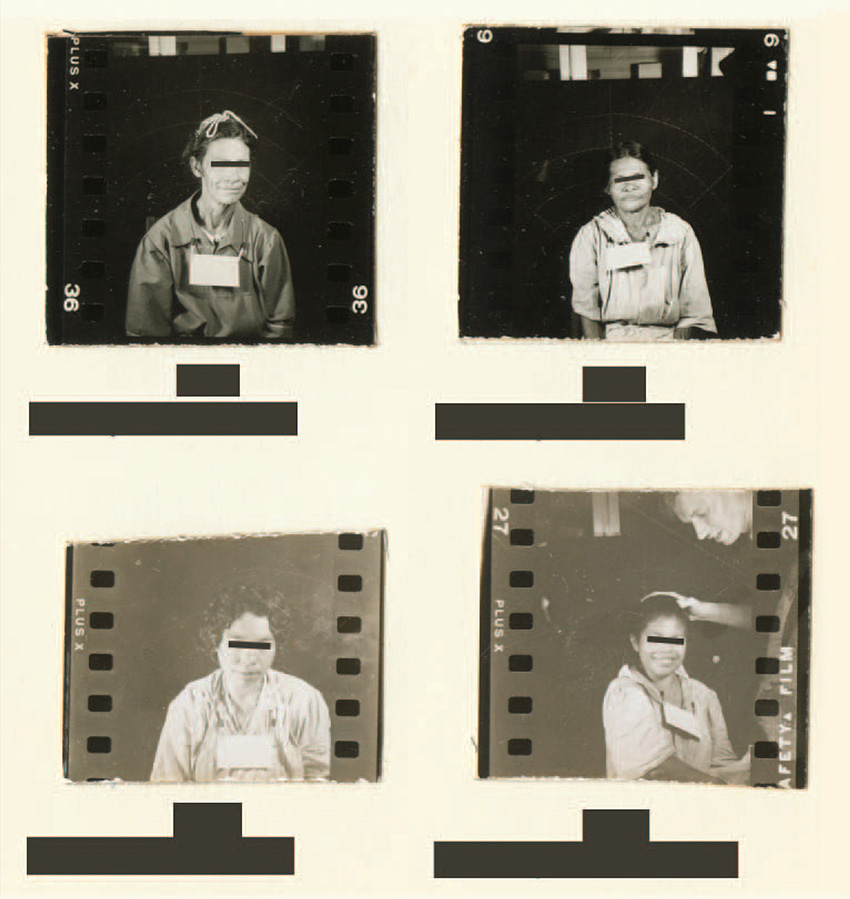
("Prison and Insane Asylum Photographs to Accompany Final Report", 1947, National Archives and Records Administration)
Photo Description: Four women from the psychiatric ward of the experiment having their photo taken by the researchers.

( Planio)
Throughout the 20th century, venereal outbreaks became epidemics and scientists raced to find a new cure. The United States Public Health Services (USPHS) and the Guatemalan government approved a two year clinical trial called the Guatemala Syphilis Experiment, an objectifying study in medical history. Scientists observed patients from various age backgrounds to see if two newly-discovered drugs, penicillin and orvus-mapharsen, could prevent infection after exposure to STIs. During 1946-1948, the USPHS kept their research discreet until finalizing their documents in 1956. These files were never released publicly.
However in 2010, a professor, Susan Reverby, discovered these documents at the University of Pittsburgh and released them publicly.

(Baumert)
The Guatemala Syphilis Experiment created barriers for nearly 5,000 Guatemalan citizens by subjecting them to medical testing by crossing boundaries of consent and authority of the patients. They made them immeasurably ill with syphilis, gonorrhea, and chancroid. The victims and their families never received reparations for the injustices against them.
Additionally, the recent exposure of this 62-year-old trial broke barriers. With information about the GSE coming to light, we give a platform for wronged communities to speak out. This history shows why scientists shouldn’t cross the boundaries of medical research ethics standards. This exposure gave chances to the families of victims affected by this experiment to fight for compensation from suffering pain.